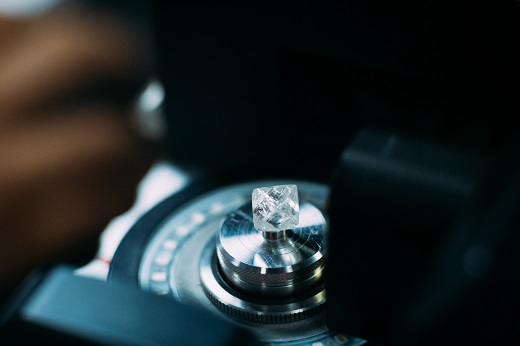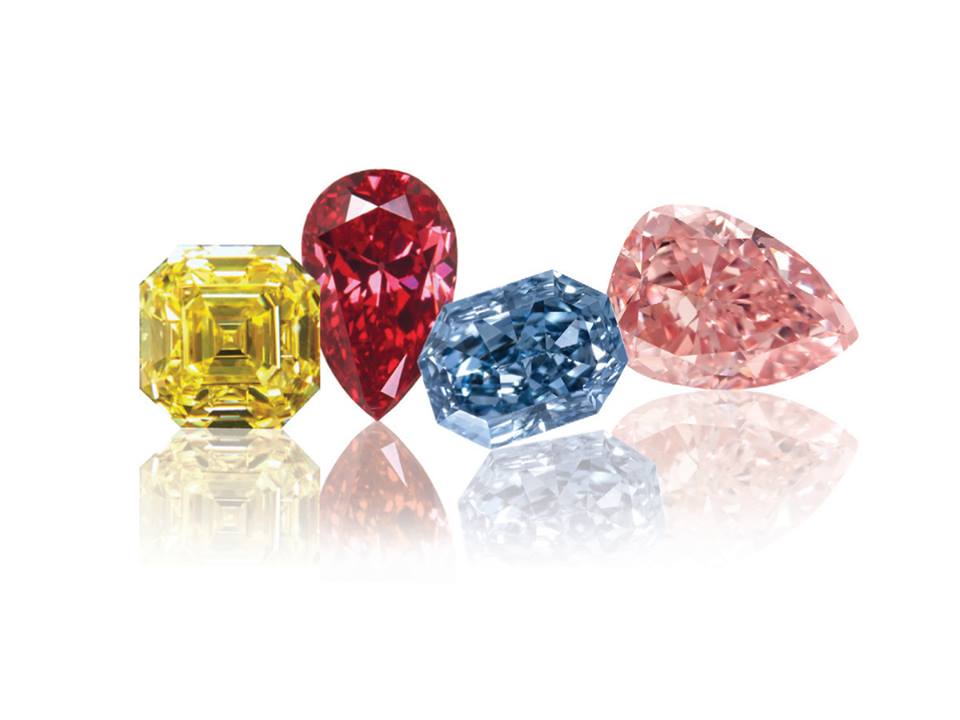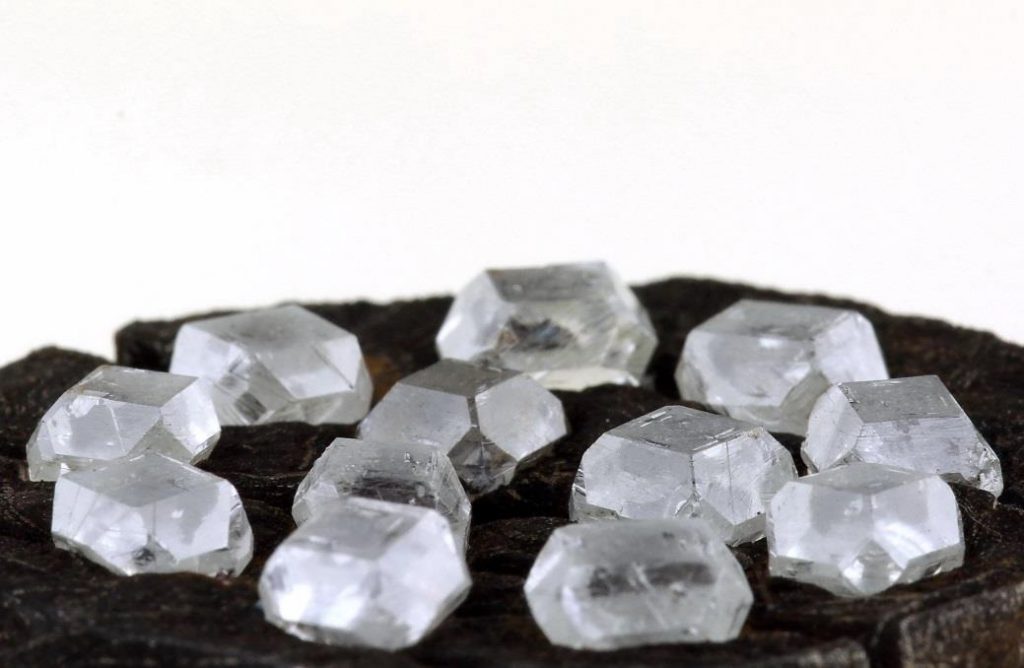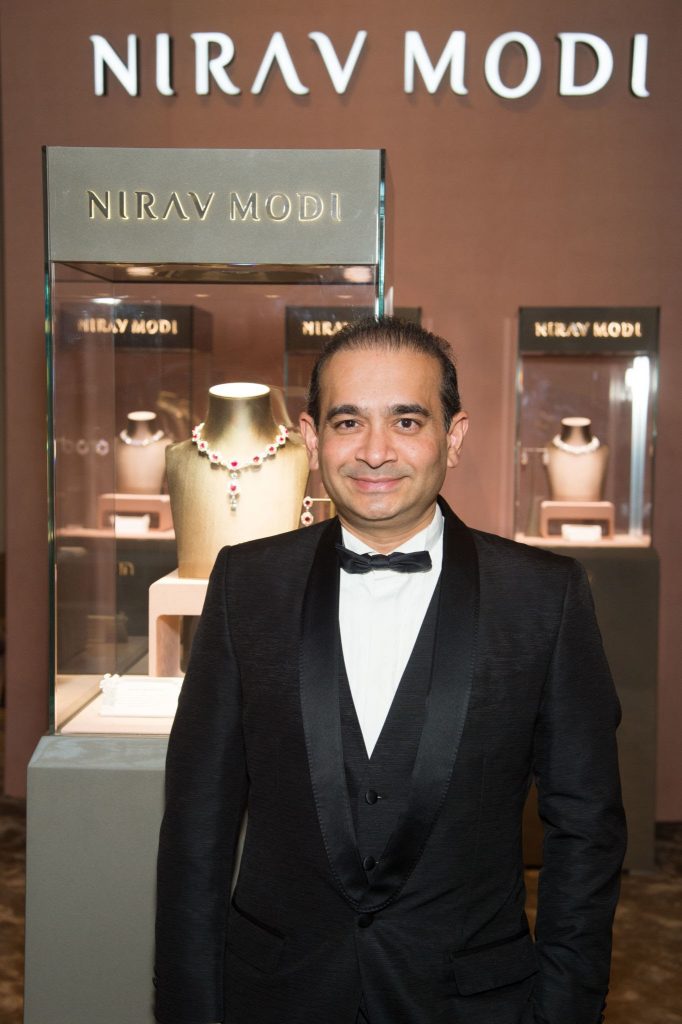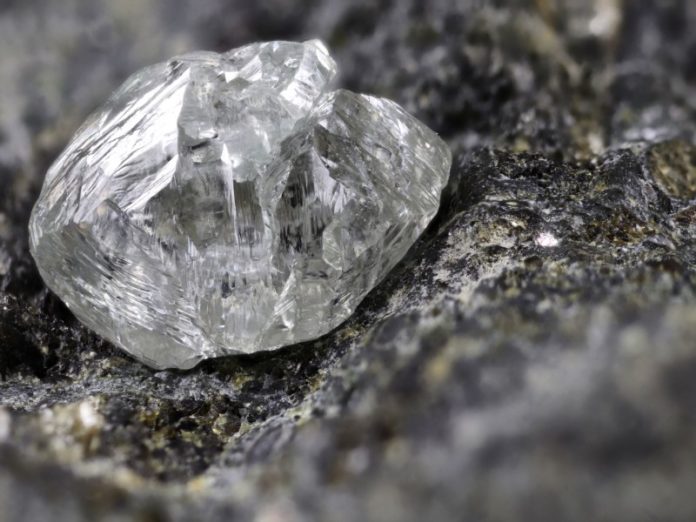
Diamcor Mining has announced the recovery of a 72.53 carat gem quality rough diamond and reports the initial sale of 1,466.12 carats of rough diamonds during the current quarter from the processing of quarry material at the company’s Krone-Endora at Venetia Project.
The sale of the 1,466.12 carats of rough diamonds generated gross revenues of US$294,696.73, resulting in an average price of US$201.00 per carat.
The 72.53 carat gem quality special rough diamond recovered by the company is currently being offered for tender and sale in Dubai and is expected to offset the lower-than-expected total carats sold in the initial sale of the quarter. Additional rough diamonds recovered to date during the period are being held as stock on hand for later tender and sale.
“The recovery of yet another larger gem quality 72.53 carat rough diamond demonstrates the project’s continued potential to contain these higher value rough diamonds even while operating below the Project’s processing capacity”, stated Dean Taylor, Diamcor CEO.
“I am confident the implementation of the power supply back-up systems will provide improved power consistency needed for the processing plant to reach its designed potential.”
Initial Tender and Sale of Rough Diamonds. The total number of carats of rough diamonds initially tendered and sold in the current quarter at 1,466.12 was lower than anticipated due to widely reported increases in daily load-shedding / power outages throughout South Africa. The company recently announced it is in advanced discussions on objectives aimed at reducing the impact of this load-shedding for the long-term.
Strong Average Dollar Per Carat Continues. With the project’s high percentage of gem quality diamonds to date, the average dollar per carat continued to remain in line with company expectations and achieved a strong average dollar per carat of US$201.00.
Recovery of Large Gem Quality Rough Diamond. The recovery of a 72.53 carat diamond, another large gem quality rough diamond in the specials category (+10.8 carats), continues to confirm the potential for these types of large rough diamonds to be recovered from the project’s deposits and provide a positive impact to gross revenues.
Current Rough Diamond Recovery. The company recovered approximately 1,500 carats of rough diamonds during this period which are currently being held as stock on hand. These rough diamonds, along with additional rough diamonds recovered prior to March 31, 2023, will either be tendered and sold in the quarter’s final tender and sale, or held as stock on hand at the end of the current period, and tendered in the company’s next quarter.
Advanced Discussions on Procurement and Installation of Power Systems. The company’s operational team has operated this past year within the constraints of the well documented power supply issues in South Africa with the objective to find the right solution to mitigate the impact load-shedding has had on the Project. The company is in advanced stages of discussions on procurement and the installation of back-up power systems.
Source: miningreview

